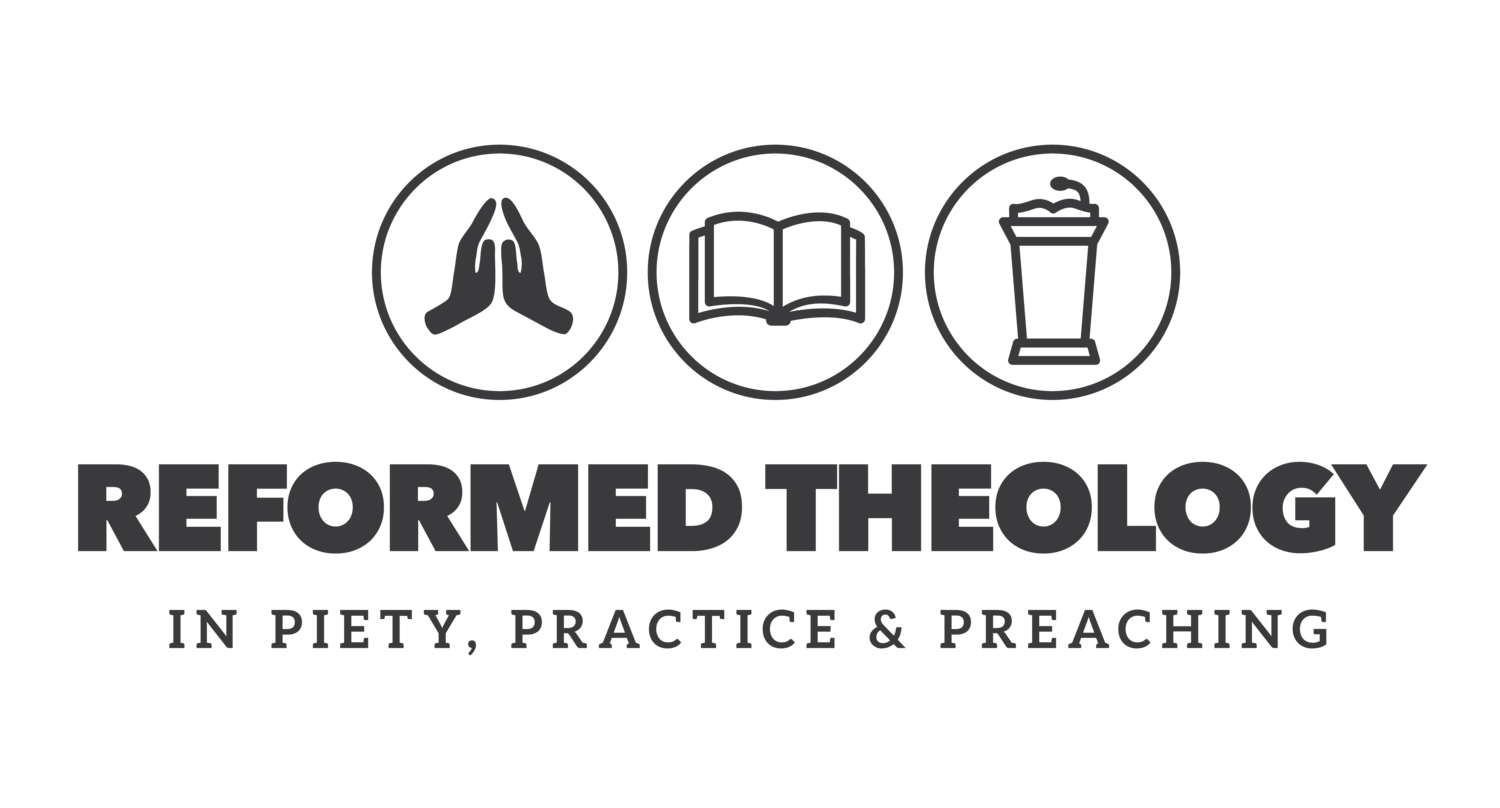In seminary I discovered a life-long friend and enemy—the footnote. Sometimes when I read a book I find the footnotes to be more interesting than the main text. Authors bury fascinating comments and research in the footnotes. I love footnotes because I can follow the “bread-crumb trail” back to the original sources that authors use to create their own books. I also hate footnotes because I inevitably discover ten new books that I haven’t read and know that I now have to read but don’t have the time or resources to do so.
But when I was in seminary I quickly discovered that a number of my friends ignored the footnotes. They were content to read the text and move on. I also found that these same friends also typically read more popular theological books. Now don’t get me wrong—popular theological books are helpful and have their place in one’s theological reading diet. It’s important to see how a good theologian can take complex truths and break them down in a simplified manner. But on the other hand, if you only read popular books or only read the main text and never dig into the footnotes, you’ll inevitably cut yourself off from a wealth of knowledge and information.
As important as it is to read books about the Reformation, for example, you’ll be impoverished if you never read books by the Reformers—Luther, Calvin, Bullinger, Vermigli, Ursinus, and the like. This same pattern appears with the importance of knowing the original biblical languages—are you going to rely on others to tell you what the Bible says or will you read it for yourself?
In a word, don’t be a bottom feeder. Bird-dog the footnotes! Chase them down! Don’t rely exclusively on the work of others to familiarize you with the great theological works. Dive in, read, mark, learn, and encourage others to do the same. Start a book club where you read great theological classics, like Augustine’s Confessions or Luther’s Bondage of the Will. And if you’re a pastor, focus on reading deep. Rather than read the latest pop-theology book, peruse the footnotes and find out what the author is reading, pick it up and read it!
